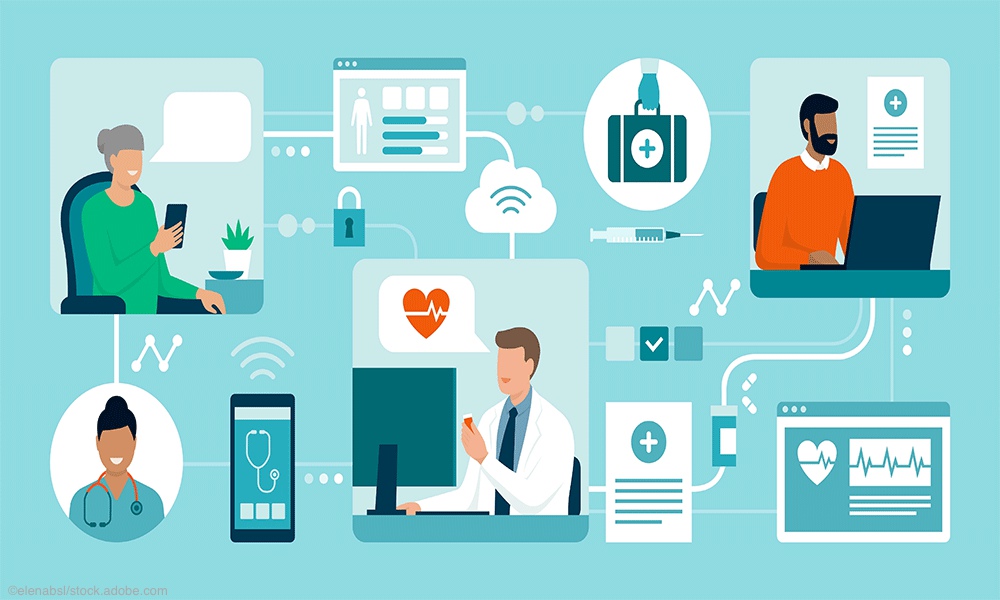
@ShahidNShah


By combining data collected from traditional in-person visits, providers can make changes or updates to care plans accordingly. Thus, RPM can serve as a valuable way to expand a care program beyond scheduled appointments.
It would be easy to think that a remote patient monitoring system would allow a more hands-off approach to patient care; that once a patient is set up, measurements will automatically come flooding in. However, despite advances in technology, a human touch is still required. In order to have a successful remote patient monitoring program, it is essential to maintain a level of regular communication and engagement with patients.
Without a doubt, remote patient monitoring can be beneficial to a practice. Keep in mind that remote care is an additional workstream. It’s best to have a designated support person, such as a medical assistant, who can serve as a dedicated remote patient monitoring lead.
Continue reading at physicianspractice.com
The post-pandemic period creates the perfect time for healthcare organizations to re-imagine how they want their RCM departments to operate. Hospitals, physician practices, and other healthcare …
Connecting innovation decision makers to authoritative information, institutions, people and insights.
Medigy accurately delivers healthcare and technology information, news and insight from around the world.
Medigy surfaces the world's best crowdsourced health tech offerings with social interactions and peer reviews.
© 2025 Netspective Foundation, Inc. All Rights Reserved.
Built on Dec 16, 2025 at 1:07pm